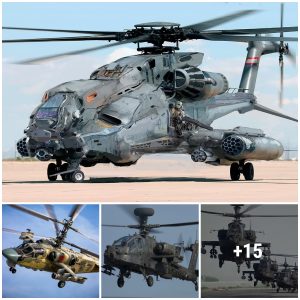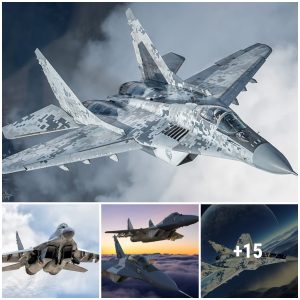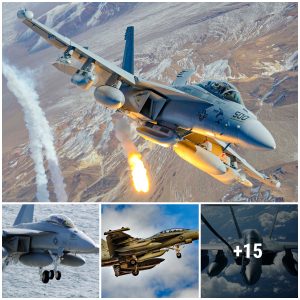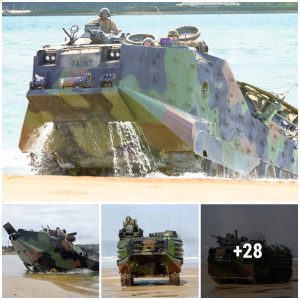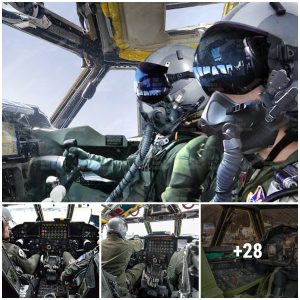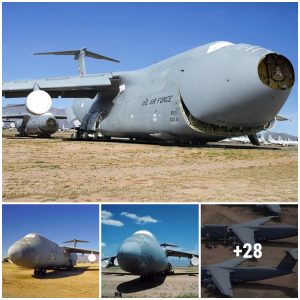What You Didn’t Know About The F-14 Tomcat:

During its three decades in service with the United States Navy, the Grumman F-14 Tomcat more than lived up to the role it was designed for, drawing blood in combat. It was designed in the 1960s to incorporate the air combat experience learned during the Vietnam War. The F-14 became the first of the American “Teen Series” fighters that included the F-15 Eagle, F-16 Fighting Falcon, and the F/A-18 Hornet.
It Came About Due to Congress Changing Its Mind
What is hard almost to believe is that the F-14 almost wasn’t built. In fact, the two-seat carrier-based multi-role fighter was developed only after the United States Congress halted the development of the F-111B along with the Tactical Fighter Experimental (TFX) program. While the goal of that program was to supply both the United States Air Force and the United States Navy with the planes to fit each of their respective needs, the Navy was opposed.
The sea service instead issued a new request for proposals (RFP) for its Naval Fighter Experimental (VFX) program, which required a tandem two-seat, twin-engine air-to-air fighter. Grumman was awarded the contract in January 1969.

Named to Honor an Admiral
Grumman had produced a number of aircraft with “cat” in the name, including its F4F Wildcat, F6F Hellcat, F7F Tigercat, and F8F Bearcat – but the “Tomcat” is another story. It was reportedly named to partially honor U.S. Navy Admiral Thomas “Tomcat” Connelly, who had called upon Congress to support the Navy’s efforts to develop a carrier-based fighter.
The F-14 is the largest and heaviest U.S. fighter to ever fly from a carrier. It was also the only launch platform for the AIMG-54 Phoenix missile, and it could carry up to 6 of the 1,000-pound missiles at a time. Thanks to its most powerful radars for its time, the Tomcat was able to track up to 24 targets at once. Moreover, it was a versatile platform and it served as the Navy’s maritime air superiority fighter, fleet defense interceptor, and aerial reconnaissance platform.

It Could Spread its Wings
The F-15 was notable for its variable-sweep wings that could be set to distinct angles. That concept was first tested with the U.S. military’s renowned X Planes, notably the Bell X-5. The wings even had a setting stopping, while outstretched was considered the best for low-speed mobility.
To save space on aircraft carriers, the F-14’s wings could be “over swept” to 75 degrees.

It Was a Movie Star
The F-14 might not have Tom Cruise’s now famous smile, but the aircraft became a de facto movie star thanks to 1986’s Top Gun, which depicted the aircraft taking off and landing from the USS Enterprise (CVN-65). However, two of the aircraft had been first seen in the 1980 film The Final Countdown, while the F-14 last appeared in the 1996 movie Executive Decision.
One of the Tomcats seen in Top Gun is currently painted with the VF-84 “Jolly Roger” paint scheme and is now on display aboard the Essex-class aircraft carrier USS Lexington (CV-16), which is preserved as a museum ship in Corpus Christi, Texas.

It Was a Bomber
The F-14 Tomcat had a career, albeit brief, as a bomber – or “Bombcat” – when the aircraft gained the ability to drop laser-guided bombs.
It is Still in Service – With Iran.
Though it was retired from U.S. Navy service in 2006, a handful of the planes – which were purchased by the Imperial Iranian Air Force in the 1970s – remain in operation. The Pentagon isn’t happy about that fact and has sought to destroy all spare parts, and the current Islamic Republic of Iran’s Air Force has gone to great lengths to obtain any spares it can!
F-14 Tomcat – Get Within a Few Feet of the REAL Top Gun: Maverick Fighter Jet
